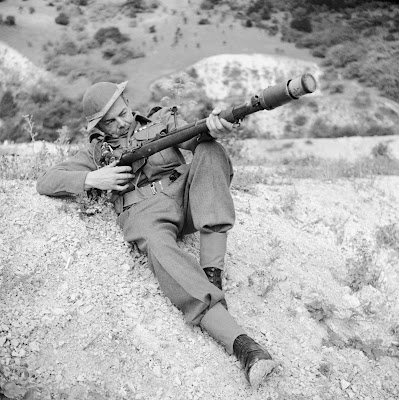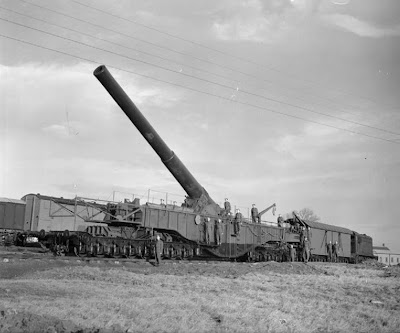
Aden,Boston,British Somaliland,Corunna,Crete,Dunkirk,Gallipoli,Greece,Norway,the Royal Navy has a long history of saving the British Army,in recent years much of the army has been rendered unfit for combat not by the enemy,nor by a lack of funding,but by the waste of around ten thousand million pounds on a series of ill conceived and poorly executed procurement projects,this was more than enough money to have designed and built an entire division's worth of our proposed Charger Cavalry Heavy ARmoured vehicles,one vehicle family with one design team,one manufacturing facility and one support infrastructure,but instead army officers embarked on a multiplicity of vehicle projects of dubious military and economic viability,destroying the United Kingdom's armoured vehicle industry in the process and leaving the impression that they know little about warfare and even less about the design and manufacture of military equipment,army officers have not fixed this problem because they are the problem,now the army needs the navy to save it,again.

Supposedly in order to avoid the expense of a new design,at a time when the United Kingdom had agreed to eliminate sectors of it's defence industry in the name of European integration,and when senior officials appeared more interested in waging war on BAE Systems than the nation's enemies,the British Army chose an elderly,underweight and mediocre European Infantry Fighting Vehicle as the basis for it's Future Rapid Effects System Specialist Vehicle family (a third rate copy of what was then the latest in military fashion,the American Future Combat Systems),which was not needed in any case,then spent many years and thousands of millions of pounds turning it in to a reconnaissance vehicle,with a redesign so extensive that designing an all new vehicle would have taken less time and money,subsequently deciding,just after signing the production contract,to use it instead to perform the same combat role as hundreds of nearly new,combat proven,Challenger 2 tanks,costing over a thousand million pounds,which the fashionistas had recently retired because they were not transformational,the end result being the Ajax vehicle which does not work,fortunately,as it would have neither the protection nor the fire power needed to survive on the modern battlefield if it did.

Although the Warrior vehicle was only procured because Infantry Fighting Vehicles were fashionable at the time,and army officers are nothing if not fashion victims,it was a perfectly adequate example of it's breed,though extensive combat use had demonstrated a need for greater protection which could easily have been added by removing the turret to free up weight for more armour,instead the British Army embarked on an extensive redesign costing one thousand million pounds which was eventually cancelled after running years late and hundreds of millions of pounds over budget.

Despite having been twice rejected by the British Army,the second time after losing to the Piranha in the "Trials of Truth",the Boxer vehicle was absurdly procured on the grounds that the Australians were buying it (eight wheeled armoured vehicles are highly fashionable),due in part to it's unneccessary modularity,it is big,heavy and expensive for it's type but still a perfectly adequate armoured truck for the lorried infantry role,unfortunately this is not how army officers intend to use it,despite it lacking the mobility,protection and firepower needed to keep up with Main Battle Tanks in combat,they appear intent on using it as an Infantry Fighting Vehicle,a role for which it is entirely inadequate.

In order to improve effectiveness against Main Battle Tanks (which are rarely engaged as they make up only a very small percentage of battlefield targets,more common targets such as Kornet missile teams being best engaged by a large calibre rifled gun),and despite limited remaining service life,uneconomic production quantities and peripheral benefits,in yet another extensive redesign of an existing vehicle known as Challenger 3 the remaining hulls of Challenger 2 tanks are to be fitted with a new turret and a more fashionable German smoothbore gun which is already considered inadequate,by the Germans,and may be obsolete before full operating capability is reached a decade from now,the potential combination of the Challenger 3 and Boxer vehicles suggests that the British Army has learnt nothing from the Battle of Arras eight decades ago.

Steadfastly ignoring the outstanding example of procurement practice which gave it the successful AS90 Self Propelled Gun in the first place,the British Army has recently embarked upon the Mobile Fires Platform project to find it's replacement,in time honoured fashion,initial requirements set for rate of fire and range exceeded the state of the art and production quantities are likely to be uneconomic (often procurement projects also have unrealistically low budgets and frequent changes to specifications,quantities and production schedules which suggests that officers would not know how to procure a good time in a house of ill repute),potential candidates all appear to be foreign and,like the army's new air defence systems,are too heavy to support airborne and air mobile light formations whilst also lacking the protection and mobility needed to keep up with an armoured force advancing hundreds of miles through hostile territory each day,which is after all the raison d'etre of an armoured force,none of which is likely to be seen as important by senior officers because wheeled artillery guns are highly fashionable at the moment.

Winston Churchill saved the country by adopting a policy of sacking generals until he found a good one,we suggest Admiral Radakin saves the British Army by doing the same,while some senior army officers sound like teenage management trainees there are generals who are capable of communicating without buzzwords or acronyms and also talking sense,rare qualities in today's army,but ending the lack of accountability is only half of the army's problem,the other half is an organisation which allows senior decision makers to interfere in areas where they lack sufficient expertise,the army needs an independent Ordnance Office with a Secretary of State for Ordnance,advised by a Board of Ordnance led by a Master-General of the Ordnance and made up of professional Ordnance Corps officers,to act as an institutional repository of knowledge relating to design,manufacture,construction,maintenance and storage,infantry officers are not allowed to dabble in brain surgery,nor should they be allowed to meddle in the infinitely more complex business of defence procurement.
Where were the grown ups when officers set a precedent which legitimised flying the flags of every political movement on Royal Navy warships?


















